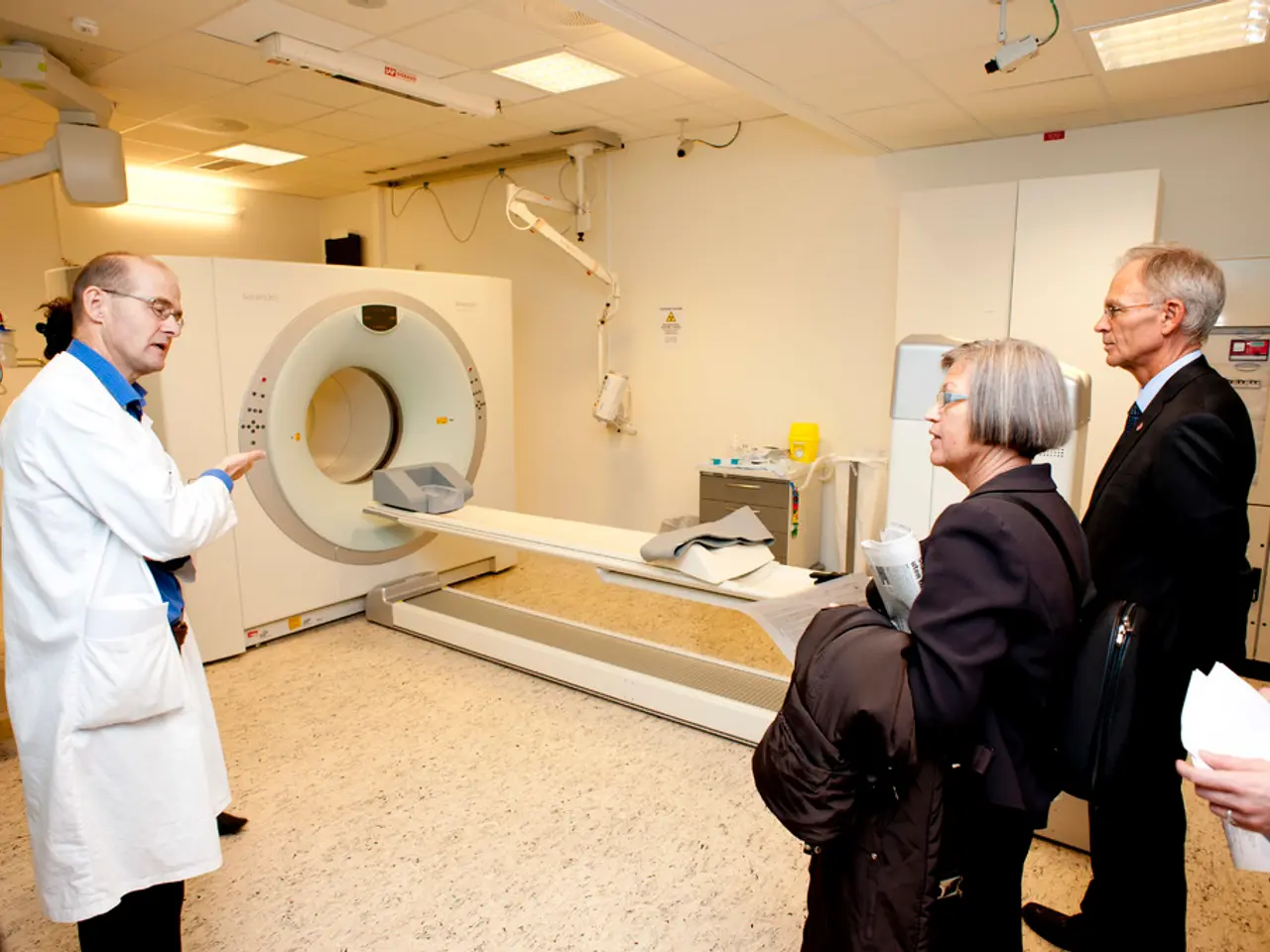Healthcare Workforce Diversity: Its Significance Explored
In the pursuit of equitable and high-quality healthcare, the need for a diverse workforce is paramount. Hospital staff hailing from various backgrounds and ethnic groups can foster cultural sensitivity, reduce discrimination, and improve communication with patients of different backgrounds. This diversity supports respectful, personalized, and inclusive treatment, which enhances patient outcomes and fairness in healthcare delivery.
One of the key benefits of a diverse healthcare workforce is its ability to help overcome health disparities. Racial injustices persist in America, leading to significant health inequities, and marginalized groups often lack health insurance, contributing to these disparities. By increasing representation of people of colour in the health sciences, we can work towards achieving healthcare equality.
Culturally competent medical professionals are essential in overcoming linguistic and ethnic gaps. These professionals must possess the skills, knowledge, and attitudes necessary to deliver high-quality care to marginalized groups, reducing disparities in care. Cultural humility, an approach that acknowledges power imbalances and the need for ongoing self-education, is particularly effective in this regard.
Having doctors of the same race as their patients can help bridge gaps in healthcare. Patients who share race and ethnicity with their doctors are more likely to receive and accept evidence-based medical care and follow the treatment plan outlined by the doctor. On the other hand, discordance between patient and doctor race and ethnicity can lead to lower patient satisfaction scores.
Moreover, achieving healthcare equality requires equitable representation of all groups in leadership positions. More medically trained professionals, executives, and policymakers are needed to speak up for underserved groups, and ensuring their representation in leadership positions is key. Many organizations are choosing CompHealth to help them diversify their healthcare workforce.
The Office of Minority Health within the United States Department of Health and Human Services recommends increasing access to quality healthcare for underserved groups. This includes encouraging more racially diverse students in fields that may lead to a career in medicine. By doing so, we can work towards a future where every patient, regardless of their background, receives the care they deserve.
In conclusion, a diverse healthcare workforce is crucial in improving patient outcomes, reducing health disparities, and ensuring fairness in healthcare delivery. By investing in the education and training of racially diverse students and supporting the representation of people of colour in leadership positions, we can work towards a more equitable and inclusive healthcare system.
Read also:
- Apparition's Significance and its Delivered Messages - as discussed by Sensenmann
- Explored the Popular Health Assessment with a Queue of 100,000 Aspiring Participants - Here's My Unadulterated Opinion
- Hearing impairment condition: Recognizing symptoms and management approaches
- Exploring Recurring Actions in Mature Individuals: An Analysis of Persistent Actions in Adults' Daily Lives





